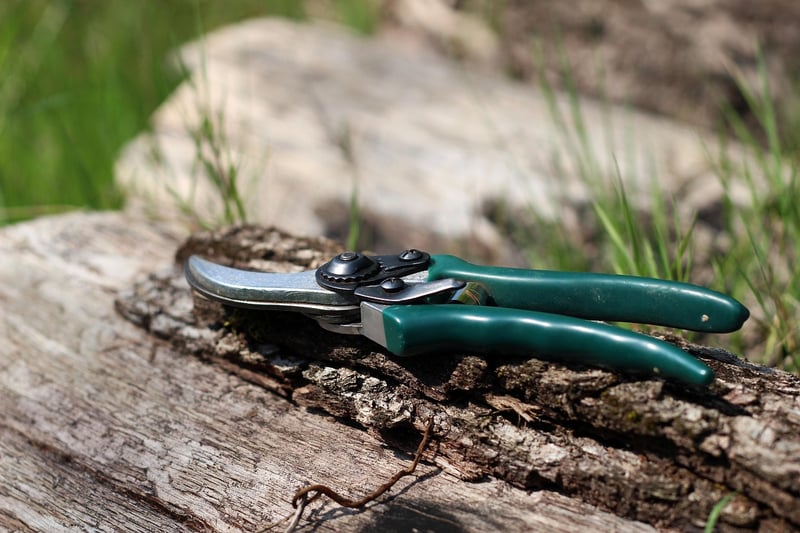Pruning Techniques
Guidance on Nurturing Plants and Pruning Techniques
Nurturing Plants
Plants can bring life and beauty to any space, but they require care and attention to thrive. Here are some essential tips for nurturing your plants:
1. Light
Ensure your plants receive adequate sunlight based on their specific needs. Some plants thrive in direct sunlight, while others prefer indirect light.
2. Watering
Water your plants appropriately; overwatering can be as harmful as underwatering. Check the soil moisture regularly and adjust your watering schedule accordingly.
3. Soil and Fertilizer
Use high-quality soil and fertilize your plants as needed. Different plants have different nutritional requirements, so ensure you are using the right type of fertilizer.
4. Temperature and Humidity
Monitor the temperature and humidity levels around your plants. Some plants thrive in humid conditions, while others prefer drier environments.
Pruning Techniques
Pruning is an essential practice to help plants grow healthier and more aesthetically pleasing. Here are some pruning techniques to follow:
1. Deadheading
Remove dead or faded flowers to encourage new growth and prolong the blooming period of your plants.
2. Thinning
Thin out crowded branches to improve air circulation and allow more sunlight to reach the inner parts of the plant.
3. Heading Back
Cut back long branches to promote branching and create a fuller, bushier plant.
4. Rejuvenation Pruning
For older plants, consider rejuvenation pruning to remove old, woody growth and stimulate new, healthy growth.

By following these nurturing and pruning techniques, you can ensure your plants not only survive but thrive, adding vibrancy and beauty to your surroundings.
Remember, each plant has unique needs, so research specific care instructions for the plants you own to provide them with the best possible care.
